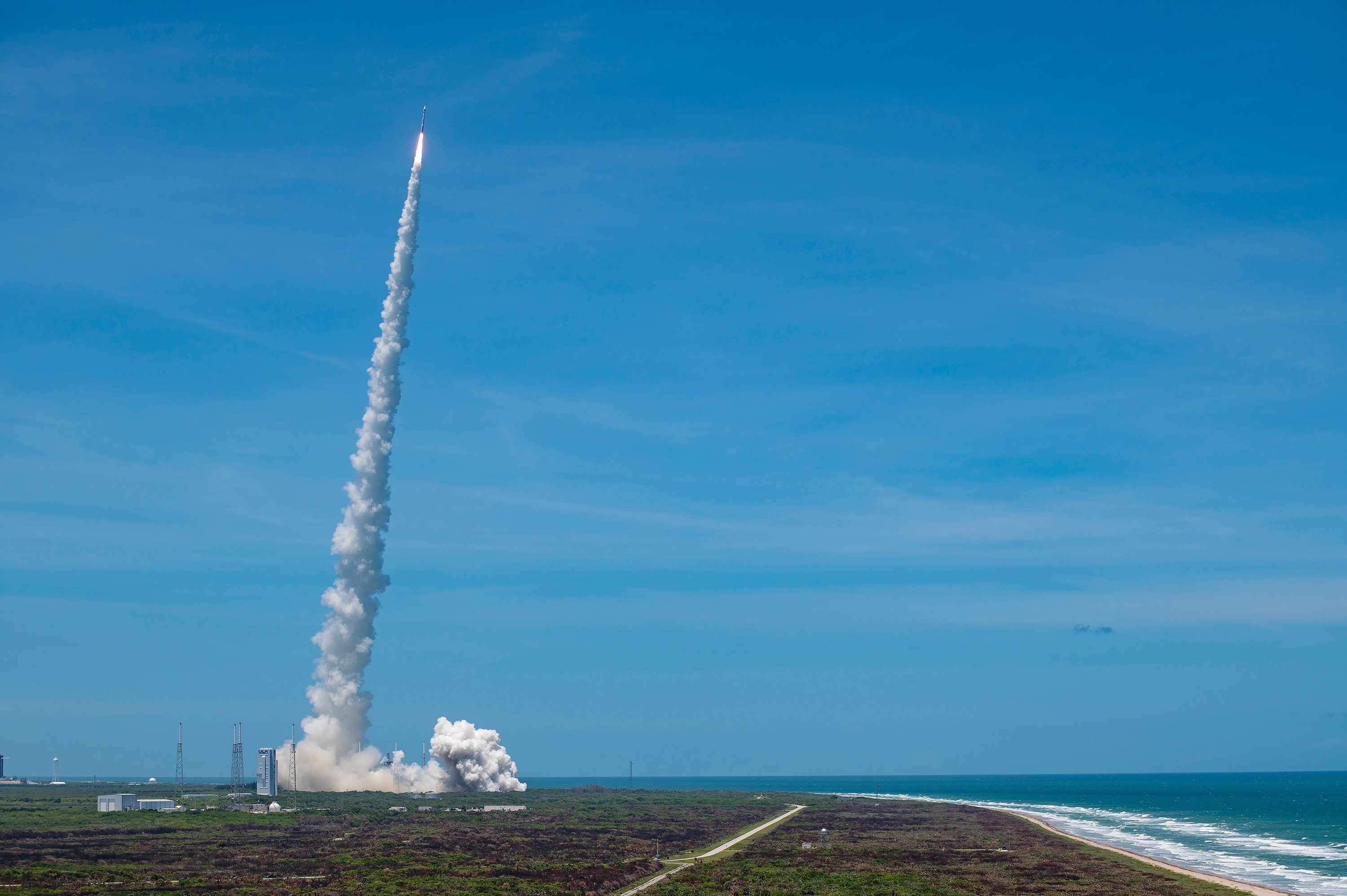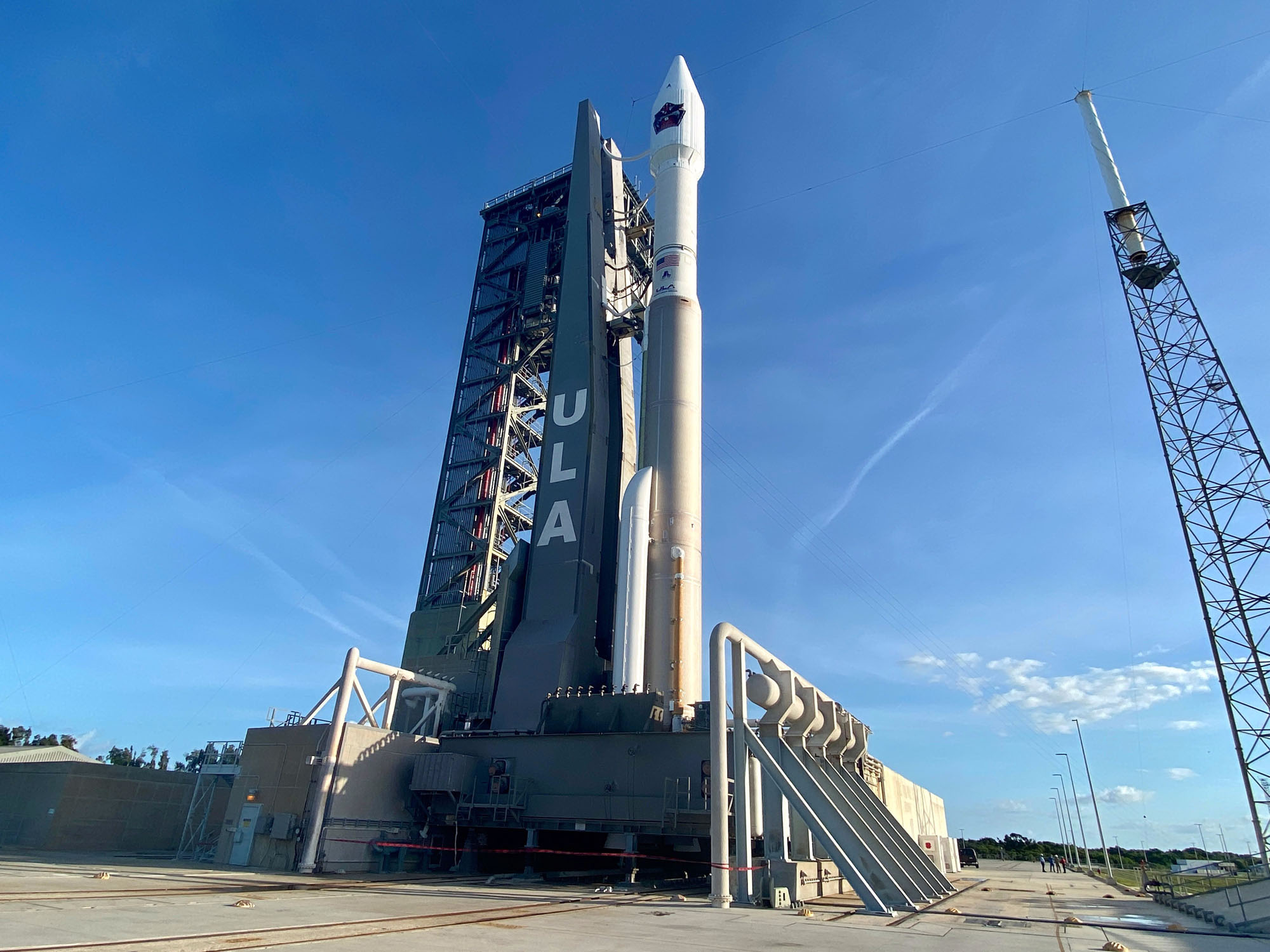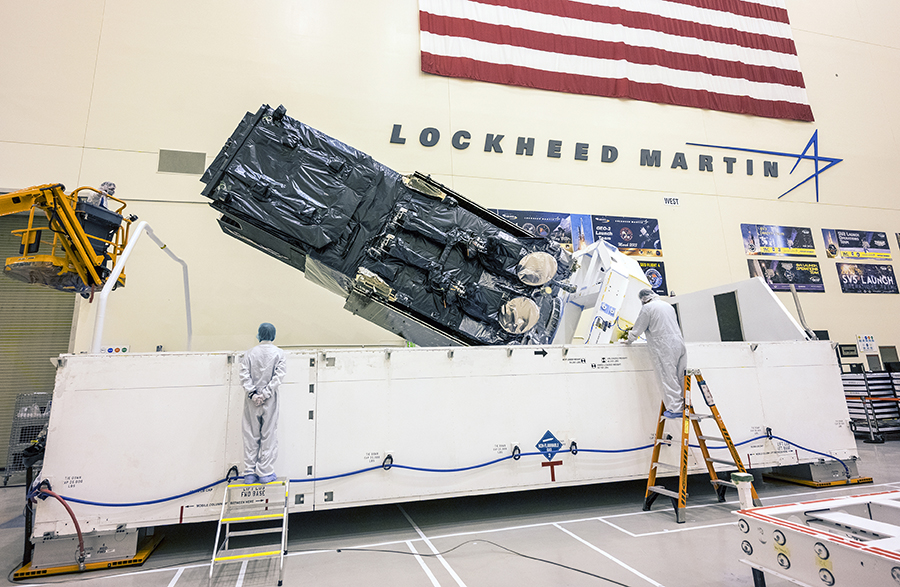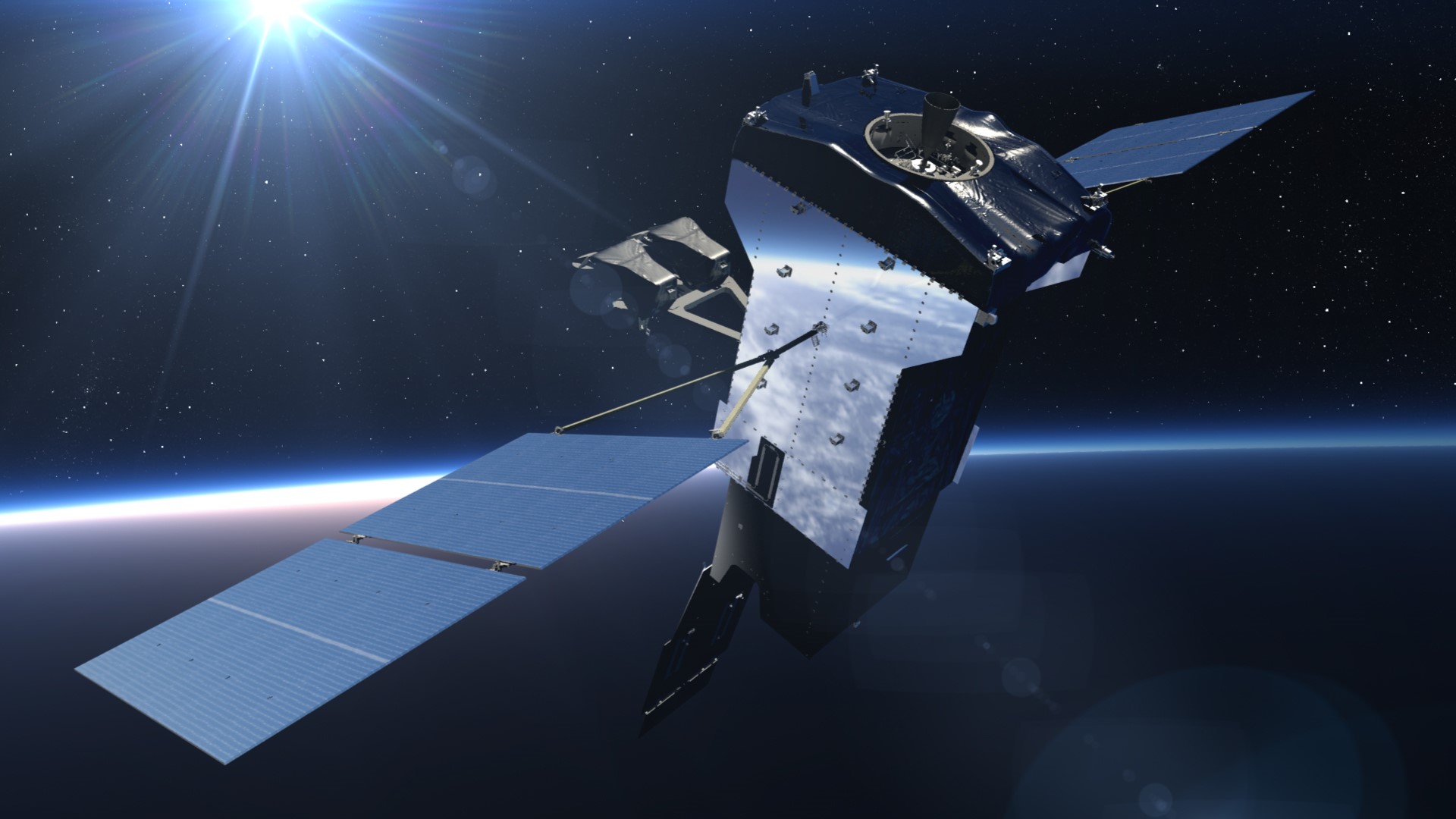Atlas V rocket launches SBIRS Geo-5 missile warning satellite for US Space Force
CAPE CANAVERAL, Fla. — United Launch Alliance (ULA) launched an Atlas V rocket into space today (May 18), marking the first launch of the year for the company.
The two-stage rocket blasted off from Space Launch Complex 41 here at Cape Canaveral Space Force Station in Florida at 1:37 p.m. EDT (1737 GMT), following a 24-hour delay due to an issue with the rocket's liquid oxygen system. Perched atop the 194-foot-tall (59 meters) launcher is a missile-warning satellite for the U.S. Space Force.
The weather forecast improved to 90% favorable for Tuesday's launch, with nothing but blue skies over the space coast.
"And liftoff of the United Launch Alliance Atlas V rocket with the fifth Space-Based Infrared System satellite for the United States Space Force," said Steve Huff, the launch director and commentator for ULA's live broadcast of the launch.
Video: Space Force missile-warning satellite launched atop Atlas V rocket
Related: Declassified US spy satellite photos & designs (gallery)
The mission, called Space-Based Infrared System Geosynchronous Earth Orbit Flight 5 (SBIRS Geo-5), was delayed 24 hours after an issue cropped up during fueling operations on Monday (May 17).
That delay came after the launch team pushed back the target launch time earlier in the countdown, as part of a collision avoidance maneuver to ensure the rocket would not fly close to an object already in orbit. (ULA never specified what object they were trying to avoid.)
Breaking space news, the latest updates on rocket launches, skywatching events and more!
The Atlas V is fueled with liquid oxygen and rocket-grade kerosene (called RP-1) in its first stage and liquid oxygen and hydrogen in the upper stage. During Monday's fueling preparations, an anomaly was detected with the rocket's liquid oxygen system. ULA dispatched a team to the pad to troubleshoot the issue; however, the team was unable to resolve it during the 40-minute launch window.
ULA's CEO, Tory Bruno, said late Monday that the culprit was a "faulty temperature" sensor in the liquid oxygen ground system.
"Bad sensor prevented us from confirming the chill," Bruno tweeted. "Was actually fine. Ran out of time before we sufficiently understood it."
Related: Pentagon picks SpaceX, ULA to launch national security missions
Built by Lockheed Martin, the $1 billion satellite is designed to detect and track plumes produced by missile launches around the world with the help of its onboard infrared sensors. Its capabilities will enable U.S. and allied forces to prepare for any impending attacks, ULA officials said.
Its capabilities are illustrated in the mission's patch, which features a red-and-blue logo of an eagle holding a missile in its talons with the Earth in the background.
As the Space Force's fifth Space-Based Infrared System, or SBIRS, satellite, it's part of a constellation that will eventually contain six satellites.
Fully fueled, the SBIRS Geo-5 satellite weighs about 10,700 lbs. (4,850 kilograms) and carries sophisticated infrared scanning and staring sensors that allow the military to track missiles that might threaten U.S. and its allied forces.
The satellite joins four other SBIRS Geo satellites stationed in equatorial geosynchronous orbits and four SBIRS instruments that monitor the polar regions from high-altitude elliptical orbits.
The Atlas V will deposit the spacecraft in an orbit ranging in altitude between 575 miles (925 kilometers) and 22,216 miles (35,753 km), with an inclination angle of 21.14 degrees to the equator.
From there, the spacecraft will navigate itself to a circular geosynchronous orbit that is fixed over the equator at an altitude of nearly 22,300 miles (35,900 km) above the Earth. From its orbital perch, the spacecraft will have a constant view of the same part of the planet.
"The need for SBIRS systems has never been more critical," Tom McCormick, SBIRS program manager at Lockheed Martin, said during a prelaunch mission briefing. "The threat of ballistic missile technology is spreading around the world."
SBIRS satellites detected and tracked more than 1,000 missile launches around the world in 2020, according to McCormick.
Both the SBIRS Geo-5 and Geo-6 satellites are more capable than their predecessors thanks to an upgraded spacecraft bus. According to Lockheed Martin, the upgraded bus is a more robust design with enhanced electronics and propulsion systems. Its design can also accommodate new types of sensors and technology the military might need.
In photos: Atlas V launches AEHF-6 military satellite for US Space Force
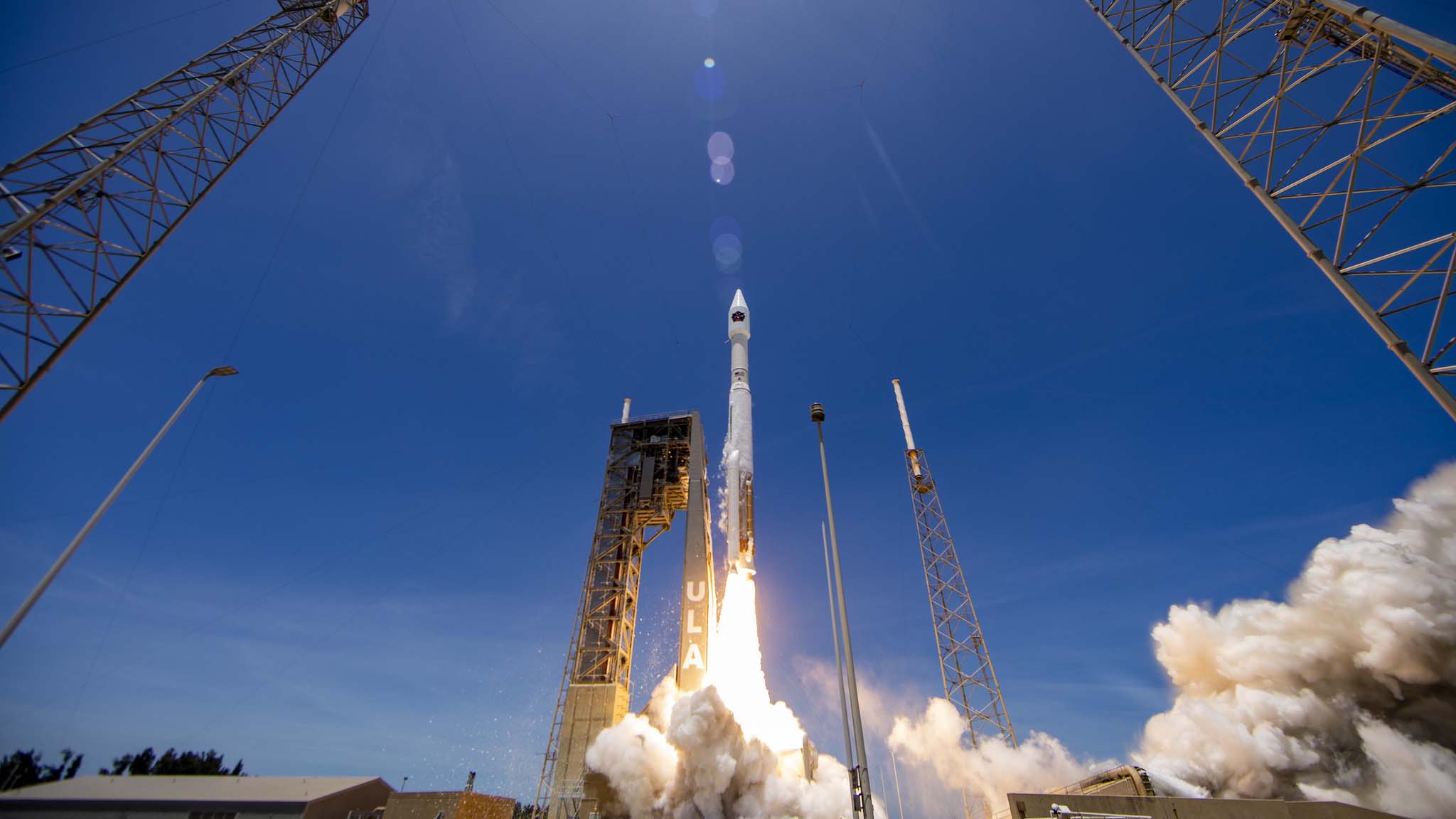





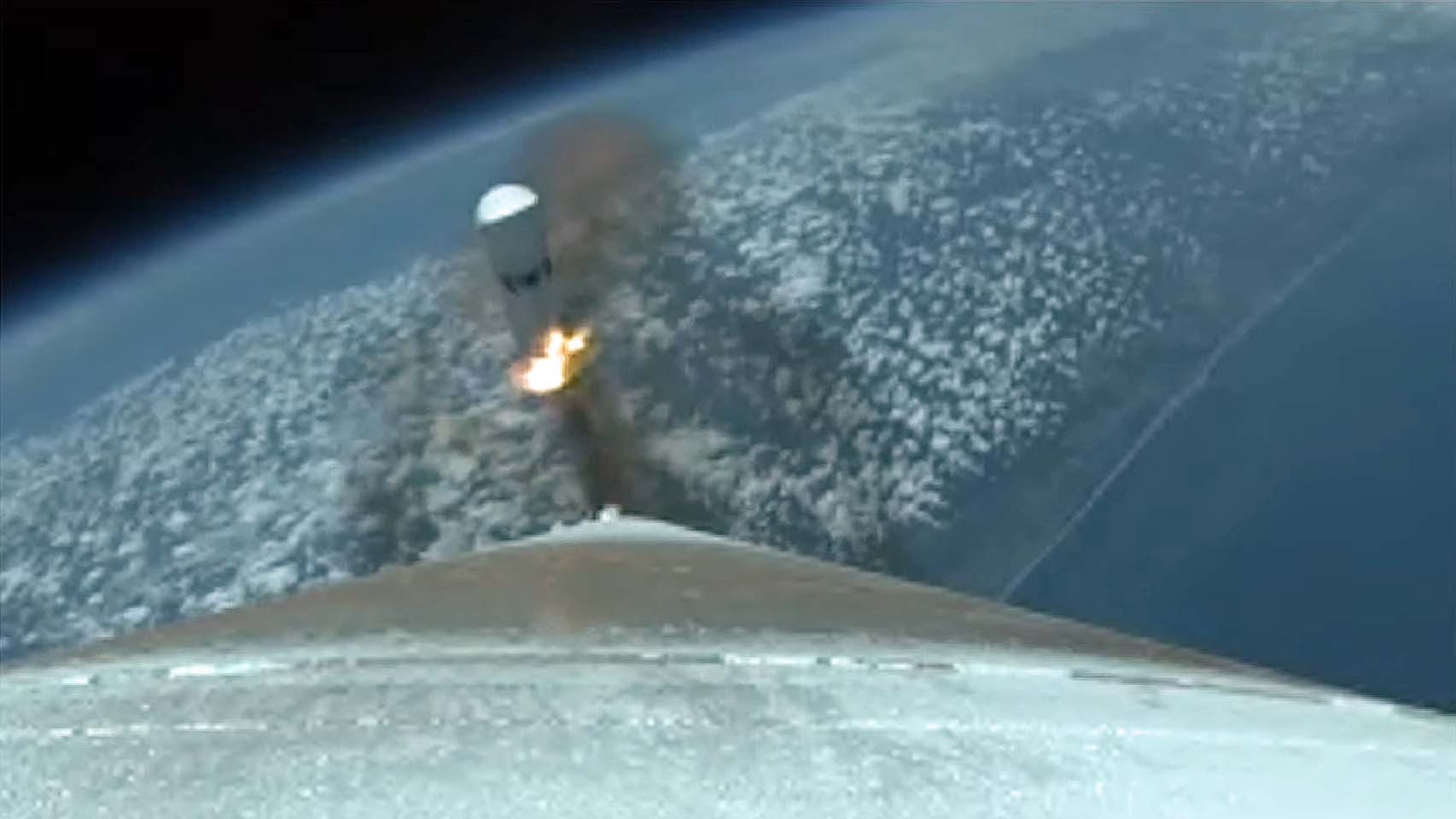


Northrop Grumman built the satellite's onboard sensors that provide visibility over an entire hemisphere, while also allowing ground operators to focus the craft's gaze on hotspots, like North Korea and Russia, for example.
All of the SBIRS satellites have launched on an Atlas V rocket, in various configurations. Tuesday's flight launched in the 421 configuration which features two solid rocket motors, and a 13.12-foot (4 m) diameter payload fairing. A single RL-10 engine, made by Aerojet Rocketdyne, will power Atlas V's Centaur upper stage.
The flight is the eighth time overall that an Atlas V has flown in the 421 configuration and marked the 87th flight of an Atlas V.
Tuesday's flight kicks off a busy summer for ULA, which includes the launch of Boeing's Starliner crew capsule to the International Space Station. That mission, called OFT-2, will be the spacecraft's second uncrewed orbital flight test. The first, which occurred in Dec. 2019, failed to reach the space station due to a software issue. Following a successful second flight test, Boeing will launch its first crew of astronauts later this year.
Follow Amy Thompson on Twitter @astrogingersnap. Follow us on Twitter @Spacedotcom or Facebook.

Amy Thompson is a Florida-based space and science journalist, who joined Space.com as a contributing writer in 2015. She's passionate about all things space and is a huge science and science-fiction geek. Star Wars is her favorite fandom, with that sassy little droid, R2D2 being her favorite. She studied science at the University of Florida, earning a degree in microbiology. Her work has also been published in Newsweek, VICE, Smithsonian, and many more. Now she chases rockets, writing about launches, commercial space, space station science, and everything in between.
